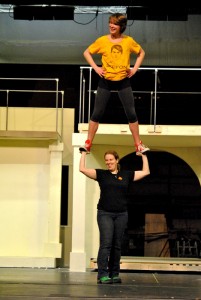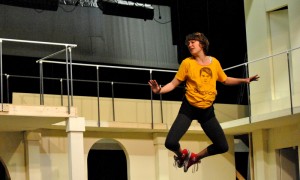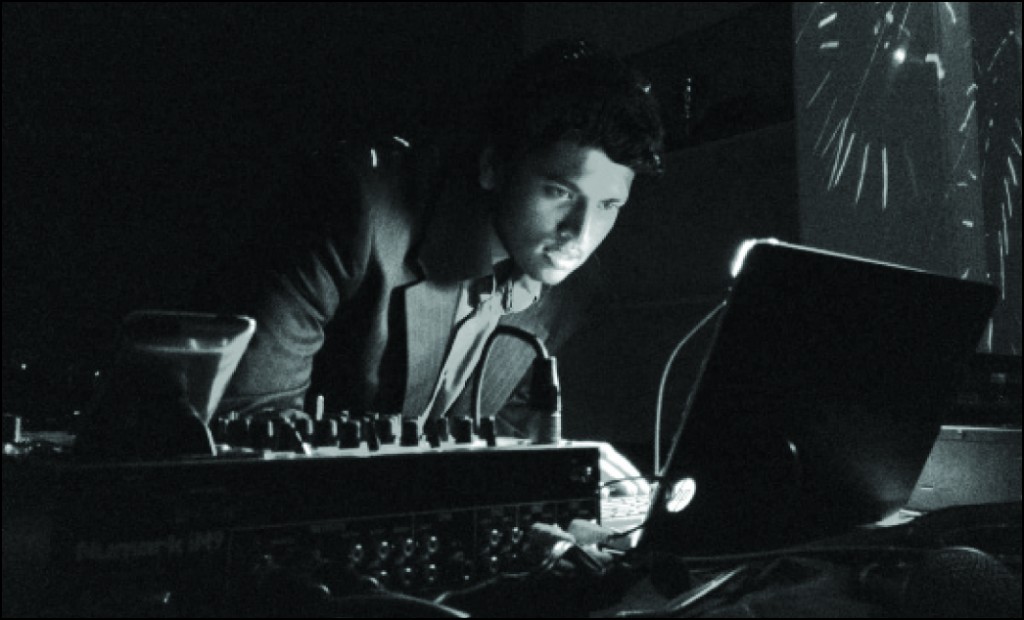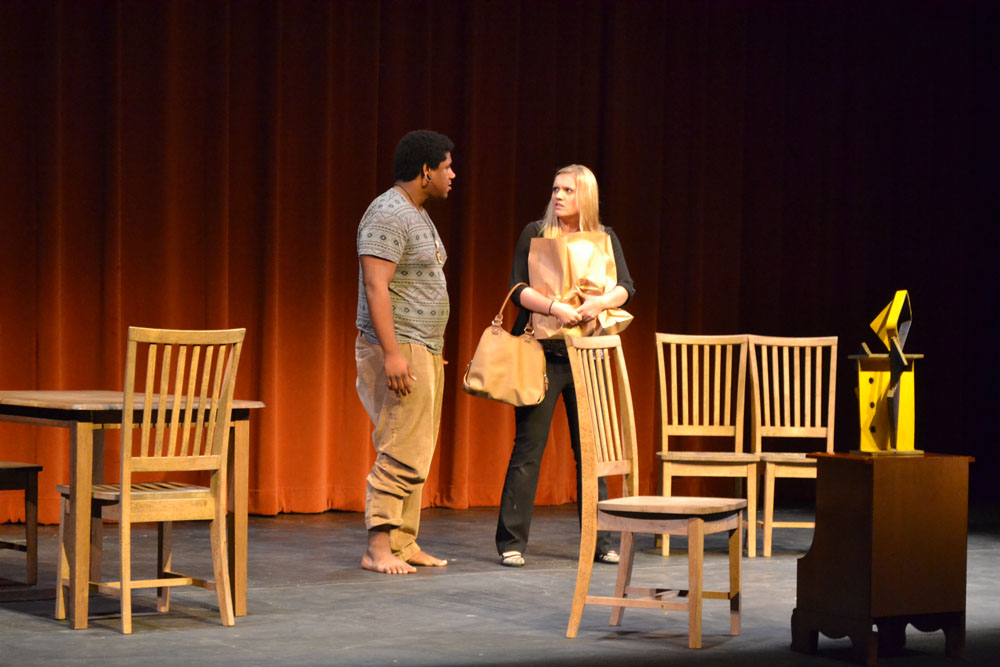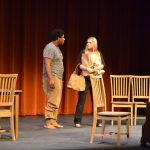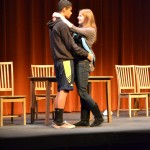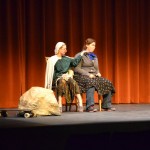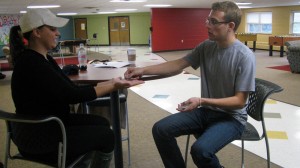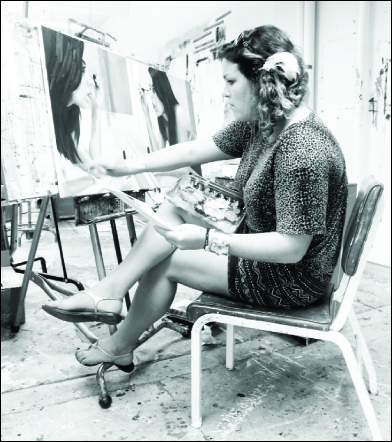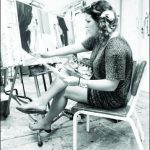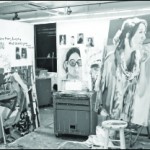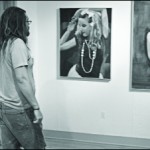By Emily Feldmesser
Transcript Correspondent
The most recent installment in the first year of the Spanish Film Festival is the film, Lope. The film is inspired by the life events of the Spanish playwright, Lope de Vega.
Ohio Wesleyan students have taken an interest to these foreign films. Freshman Emma Drongnowski says that Lope “was really different from American films in the way that the characters were portrayed.” Assistant professor of Spanish, Glenda Nieto-Cuebas, one of the curators of the festival, says about “80 to 100 people attend each film.”
“The film festival is made possible due to a grant awarded by Pragda, which is an independent, New York based cultural initiative. The grant was made possible with the support of Pragda, the Secretary of State for Culture of Spain and its Program for Cultural Cooperation with United States University. Our university received the grant as a result of a proposal written by Glenda Y. Nieto-Cuebas and Andrea Colvin, assistant professors of Spanish at OWU,” Nieto-Cuebas said.
The film festival brings a sense of culture to students and faculty at Ohio Wesleyan. Colvin said, “Watching films from Spain and Latin America is a great way for our students to learn more about the cultures they study in class.”
The films help connect what students are learning in the classroom to real, applicable Spanish and the cultures that go along with it.
Freshman Raina Graham said, “It’s great that they show and expose us to different cultural movies.”
These movies also expose students to different “accents, phrases and different facial and corporal expressions that complements the spoken language,” Nieto-Cuebas said.
The films help “create a forum for the discussion of important socioeconomic and political issues that relate to many Spanish-speaking countries,” she said.
Students are enjoying these foreign films being shown at OWU. Drongnowski said, “It was very interesting to see a film made from a different nationality perspective.”
Colvin said, “The film festival is a fun way to bring students, professors and other members of the Delaware community together and build relationships outside of class.”
The movies range from animation to live-action and all have different subject matters.
Colvin said the “Spanish Film club provided a list of films to choose from.” In order to get the variety they desire, Colvin and Nieto-Cuebas picked films from different countries and that covered a wide range of topics.
As for the future of the film festival, Colvin said, “We would love to do it again in the future (perhaps biannually), but due to funding, it may not be realistic for it to become an annual event.”
With the student and community feedback given, the film festival may be able to continue for the foreseeable future.
